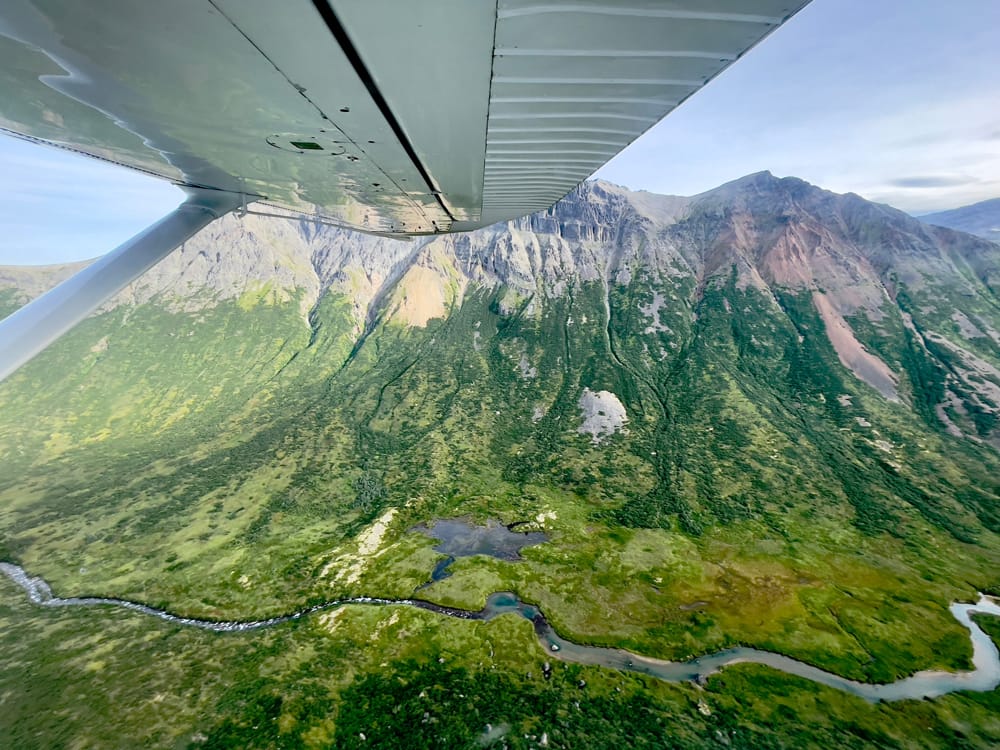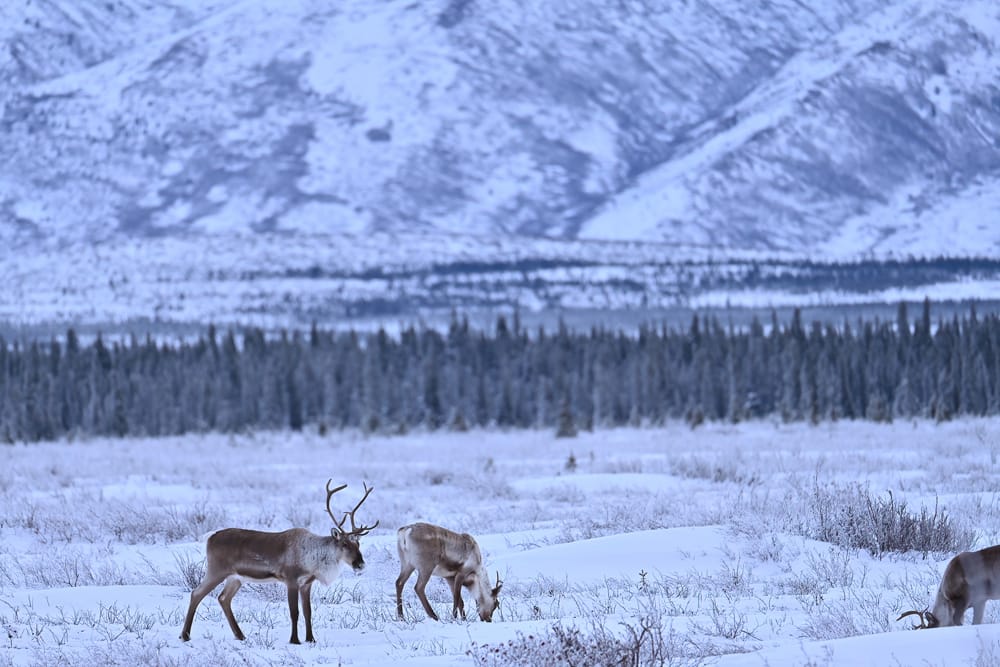
On Monday, environmental advocates escalated their crusade against the state's controversial predator control program, filing a fresh lawsuit in Alaska Superior Court to dismantle a renewed plan allowing unlimited aerial gunning of brown and black bears. The suit, brought by the Alaska Wildlife Alliance and the Center for Biological Diversity with legal backing from Trustees for Alaska, accuses the Alaska Department of Fish and Game (ADFG) and the Alaska Board of Game of flouting the state constitution by greenlighting bear kills without scientific safeguards or population monitoring.
This latest challenge arrives just months after the Board of Game revived the program in July, claiming to have patched flaws exposed by prior court smackdowns. Yet for critics, it's a Groundhog Day of aerial ambushes that have seen state agents slay nearly 200 bears since 2023 under earlier iterations that have since been ruled unlawful. The Mulchatna caribou herd, the ostensible beneficiary of the program, lingers at around 15,000 animals—a mere shadow of its 1990s peak population of 200,000—prompting accusations that bears are scapegoats for deeper woes like climate-driven habitat loss and disease.

ADFG
The November suit zeroes in on the program's unchecked scope which includes a 40,000-square-mile kill zone abutting national parks like Katmai and Lake Clark, with no cap on kills and no mandate for ADFG to track bear numbers. Plaintiffs argue this violates Alaska's constitution, which demands "sustained yield" management for all wildlife, including predators, a principle the Alaska Supreme Court has affirmed applies to bears.
"The Board of Game has handed Fish and Game a blank check to destroy bears across an entire region with impunity," fumed Michelle Sinnott, staff attorney for Trustees for Alaska.
The timing is no coincidence. Spring 2026 looms as the next calving season, when vulnerable caribou newborns draw the appetites of big bears fresh off hibernation. In an effort to quash the potential of state helicopters buzzing the skies, the groups are seeking an immediate injunction, echoing their successful blocks in prior years.
"This isn't conservation; it's a war on wildlife disguised as one," said Cooper Freeman, CBD's Alaska director, blasting the program for ignoring climate change's role in the herd's plight.
State officials, unbowed, defend the culls as a lifeline for subsistence hunters in 48 rural communities. ADFG Commissioner Doug Vincent-Lang insists the measures are "targeted and temporary," citing fall 2024 surveys showing the herd's highest calf-to-cow ratio since 1999, which he believes is proof of early program success. Without intervention, he warns, caribou could vanish as a food source for years, eroding cultural traditions.

A History of Defiance
This isn't the ADFG’s first rodeo. Alaska's aerial predator control saga traces back decades but the Mulchatna bear program, launched in 2022 under the state's Intensive Management law, has become a flashpoint. Enacted to prioritize prey like caribou and moose for human harvest, the Intensive Management law empowers the Board of Game to cull predators when herds falter.
The legal ping-pong began in earnest in 2023, when the Alaska Wildlife Alliance sued over the initial rollout, alleging no public input and zero data on bear sustainability. The courts agreed. In March 2025, Superior Court Judge Andrew Guidi voided the program as "unlawfully adopted," slamming the lack of evidence on bear impacts and violations of due process and sustained yield principles. By then, state agents had already killed 175 brown bears and five black bears, plus 19 wolves, via aerial gunning and den hunts, tactics opponents decried as inhumane.
Undeterred, ADFG petitioned for emergency regs days later, securing Board approval on March 27 for a 2025 reprise. Eleven more bears fell before Superior Court Judge Christina Rankin intervened on May 13, granting a restraining order and excoriating the state for "bad faith" defiance of Guidi's ruling.
Even as contempt hearings loomed in July, the Board forged ahead, readopting a "revised" version on July 15 after a public comment deluge (over 65,000 opposed). Officials touted "compelling evidence" of bear predation as the herd's chief foe, but plaintiffs counter that no baseline bear studies exist, rendering claims hollow. In October, Judge Rankin doubled down on the bad-faith finding, ordering final judgments while the state appealed.
Subsistence vs. Sustainability
Rural voices, including Alaska Native leaders, continue to rally behind the program, viewing caribou recovery as existential. Yet urban and conservation factions, backed by over 90% of public commenters, decry the "barbaric" optics of helicopters harrying hibernating families near iconic salmon streams.
And while ADFG data links culls to calf survival spikes, studies from groups like the National Park Service highlight bears' role in healthy ecosystems and warn of unintended ripples, like overgrazed tundra. With no federal oversight (caribou aren't endangered), the fight stays within Alaska’s borders, but a win for plaintiffs could invite Endangered Species Act scrutiny.
As of right now, there is no hearing date regarding this week’s suit, but precedents suggest swift injunction bids which could potentially derail 2026 ops, leaving the state’s wildlife managers teetering on a constitutional tightrope.

